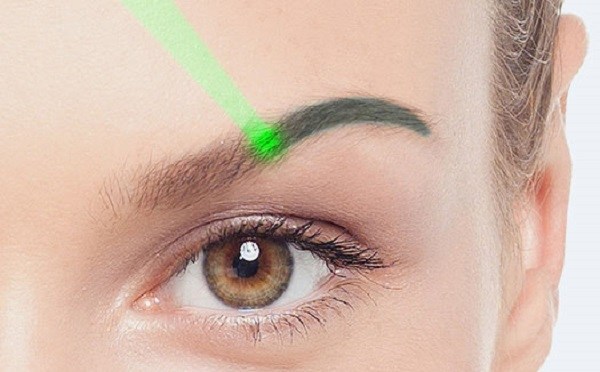Photoaging of the pigment, or How to keep the color in permanent makeup

Experienced masters know that the original color of the pigment in the bottle cannot remain exactly the same after complete healing in the skin. Let's take a look at why this is happening.
It is not uncommon for situations when, after some time, the result of a permanent makeup procedure begins to differ from the planned one. And first of all it concerns shades. We offer to consider the reasons that affect the color of the tattoo
Why does the color of the PM change?
During the procedure, when it enters the puncture, the pigment mass is mixed with the blood, lymph and cytoplasm of damaged cells, then the pigment drops are enclosed in a capsule consisting of collagen fibers, since the dye is perceived by the body as a foreign body, and the pigment darkens.
In addition, part of the pigment is lost naturally - it is carried away with the lymph. The amount of pigment that comes out with the lymph is individual in each individual case. It all depends on the patient, his age, the state of the immune system, etc. Therefore, sometimes the output color intensity drops by half or even more.
And thirdly, depending on the phototype and skin type of the client (porous, oily, dry, scarred), the color of the same pigment will be different on different people.
Complicating the situation is the fact that immediately after the procedure, the master cannot give any predictions, it is possible to draw some conclusions only after complete healing (after 4 weeks - in young people and after 5 weeks - in aged patients). Only after this period has elapsed can one judge the color itself. The depth of the pigment is of great importance, since the epidermis, through which we see the color inside, plays the role of a filter. This is especially important for black arrows, because if the master goes deep into the skin, then the black color through the pinkish dermis will have a blue-violet hue.

Photoaging of the pigment
Pigment photoaging is the period when the color of the pigment undergoes the greatest changes. Permanent makeup involves tattooing on the face - an area that is constantly exposed to UV radiation, unlike, for example, tattooing areolas or hidden scars, so photoaging of the pigment is more active.
Eyebrows fade the fastest. This may be accompanied by problems such as the color of the eyebrow turning into red, crimson, blue or orange shades. It is important to note that pigments consisting only of iron oxides without organics form a large risk group, since black iron oxide under the action of sunlight or other UV radiation changes the valency of the iron atom and turns into red iron oxide.
Lip pigments have a different problem: red shades fade and remain white, or with laser removal, the color turns into gray or even black. Here the best option is a combination of less resistant iron oxides with very stable and bright organic red and orange pigments.
How to keep color
In order for permanent makeup to please your clients for longer and retain their original color, recommend that they protect themselves from UV rays at any time of the year. At the same time, in winter, SPF 15 is enough, on the beach the product should provide SPF 50. Not everyone knows that ordinary fluorescent lamps also produce radiation, so it is also necessary to use sunscreen in the office.
And it is important not to forget about the natural destruction of pigment capsules in the body over time, to give the client a reminder on how to properly care for the tattoo, to prescribe a correction to the client in time and to remind him about the permanent makeup refresh.
Read also
- Skin properties and color types, or why color is so important in a permanent
- Coloring and permanent makeup: what the master needs to consider
- Areola permanent experts: Alla Romazanova's advice
- Teaching about color: coloring for permanent makeup masters
- Pigmentology in the permanent: the color matching process
- Coloristics
